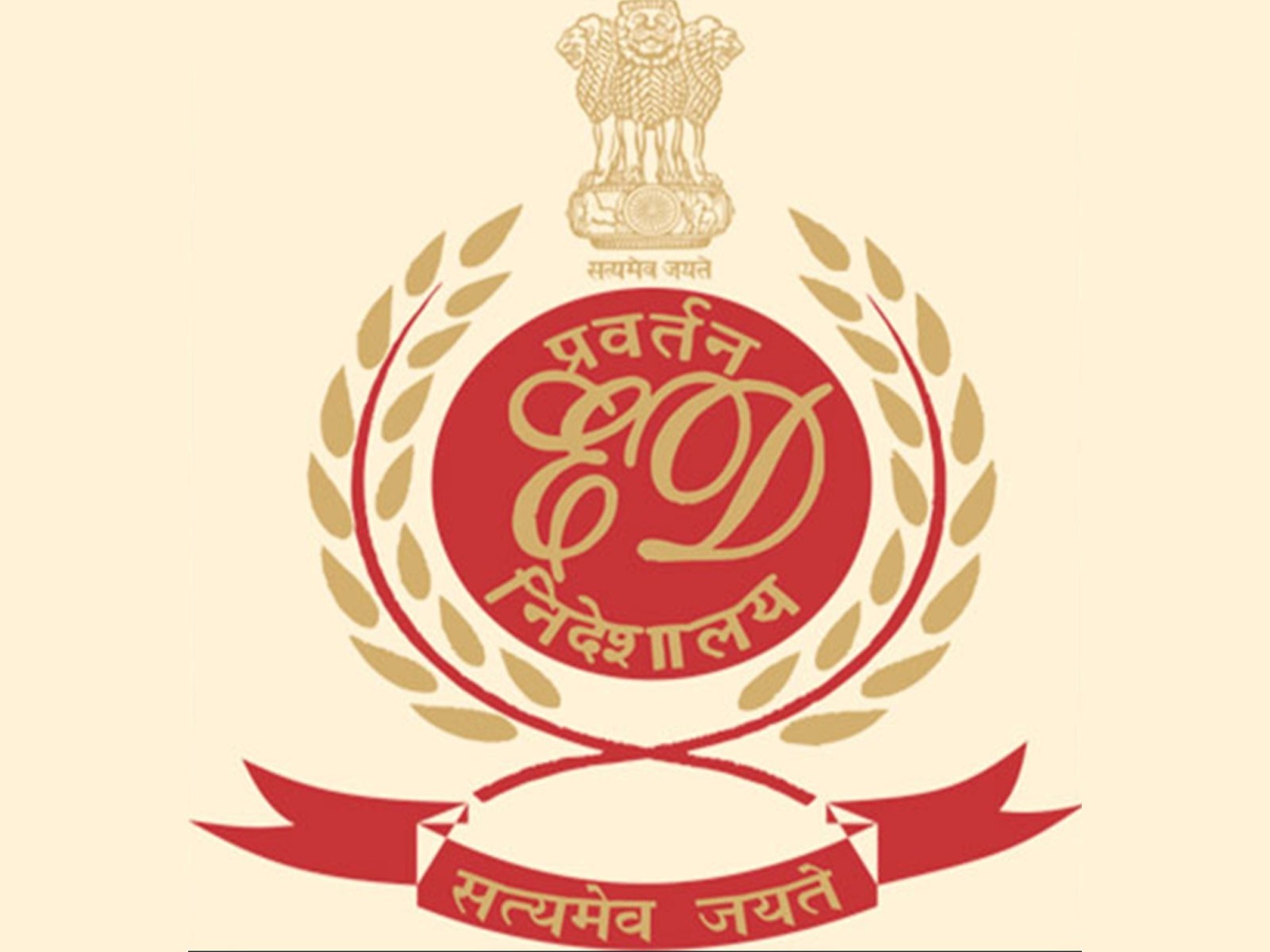More than eye candy: Fragrant nutrition
Feb 22, 2022

By Pushpesh Pant
New Delhi [India], February 22 : Homer's epic poem Odyssey mentions the 'Lotus Eaters' who after taking a bite of this seductive flower forgot family and friends. Past memories were erased and they wasted away in a trance-like stupor. Though the addictive lotus hasn't been positively identified, it has contributed to the mystique of edible flowers.
How easily we forget that many vegetables we consume are flowers albeit lacking in hallucinogenic power. Broccoli, Cauliflower, Artichoke buds. And, the most expensive spice in the world, saffron is yielded by the crocus flower.
Trend-setting chefs abroad had realised long ago that flowers are much more than eye candy on the plate. They not only add rainbow tints but also contribute delicate fragrant flavours to the dish. This has made those working in Indian kitchens to sit up, take notice and emulate. They are getting excited about Thai and Vietnamese dishes that are flower-based.
This is ironical as we in this land have always consumed a variety of flowers. Mocha (Banana blossoms) are cooked as a stir-fried vegetable and cutlets in Bengal. In the same state, pumpkin flowers lightly dipped in batter are deep-fried as fritters. Moringa (drumsticks) flowers are commonly added to curries here and in adjacent Jharkhand.

There are other regional favourites. Turmeric flowers are cooked with pork in Nagaland and in the hills of Uttarakhand and Himachal, sherbet with buransh (rhododendron) is prepared to keep cool in the summers. In Rajasthan, the phog (flowers of a desert shrub) are added to raitas and kadhi. In the desert where not much grows pho flowers were mixed with millet flour seasoned with salt as a meal by the poor when famine struck.
Buds of neem (margosa) are very bitter but are prized for exceptional medicinal properties. They are chopped and dried, cooked mixed with ghee and eaten in small quantities with rice. In Tamil Nadu, a special variety of rasam uses the neem flowers. Other floral bitters that are considered beautiful are orange blossoms called teeta phool in Assam. The Saraswat community dwelling on the western coastal belt celebrates Gudi Parva (New Year) with stir fry red neem leaves and flowers flavoured with pepper, cumin seeds and sugar.
Ayurvedic compendia like Bhavpraksh Nighantu devote a separate section to flowers that could be consumed beneficially. Supa Shastra, which documents the culinary practises of medieval Karnataka refers to chuchhuroti, made with palmyra flowers ghee, sugar and fragrant edible camphor. The Nematnama, a fascinating text compiled in the same period, provides a long list of edible flowers--roses, jasmine, water lilies and many more. An exotic recipe mentions blue water lilies stuffed with boiled rice and, then steamed in a pot. Descriptions of mouth-watering pickles prepared with horse radish flower and oils infused with floral fragrances and subtle tastes are also provided.
Maharaja Digvijay Singh of Sailana has shared in his celebrated cookbook a recipe for tesu ka phool ki tarkari (Flame of the Forest aka Palash). The petals are first boiled and then cooked in sesame oil with onion, garlic and spices such as cumin and mango powder to make a dry curry of sorts.
Other flowers like semal (red silk cotton tree) and buds of kachnaar (Camel's Foot Tree) till a generation back were used similarly. In Awadh, some kayasath families employed it to prepare vegetarian kaleji (liver) and in Delhi, kachnarkali ka salan was a popular seasonal delight.
In Andhra Pradesh and Telangana, the flower preferred to tickle the palate is kundrum (roselle). The leaves of this plant are called gongura and have a sharp sour taste while the blossoms have an attractive flushing pink colour and a pleasant tang. Kundrum flowers enliven many vegetarian lentil soups and non-vegetarian curries.
Sun-dried kundrum flowers are now being sold in the cities --marketed by enterprising NGOs working with self-help groups in villages. Besides refreshing chutneys, these are now being used as infusions, sherbet and preserves.
Mahua flowers are widely used by tribal children of forest--Gond, Korwa, Bhil, Baiga, Santhal and Munda. Not only did these blossoms provide an intoxicating beverage inducing a pleasant high but were a major source of food in times of scarcity. Deep-fried mahua flowers are relished as a snack. In Chhota Nagpur region, Asur khichdi is prepared with rice mixed with flour obtained from dried mahua flowers.
The traditional recipe for latta blends mahua flour and parched millets with molasses. In arid Bundelkhand, mahua incorporating gram flour and linseed is considered a delicacy. Mahua Poda Pitha is popular in villages settled in the forests of Orissa. Mahua laddoos have a long shelf life and are believed to have exceptional tonic properties. 
We sincerely hope that the revival of interest in edible flowers is not restricted to celebrity chefs and inspires home chefs to reclaim this unique heritage.
Disclaimer: The views expressed in the above article are that of the writer and do not reflect that of ANI.




















